In photos: Hominin skulls with mixed traits discovered
Skulls with Mixed Traits
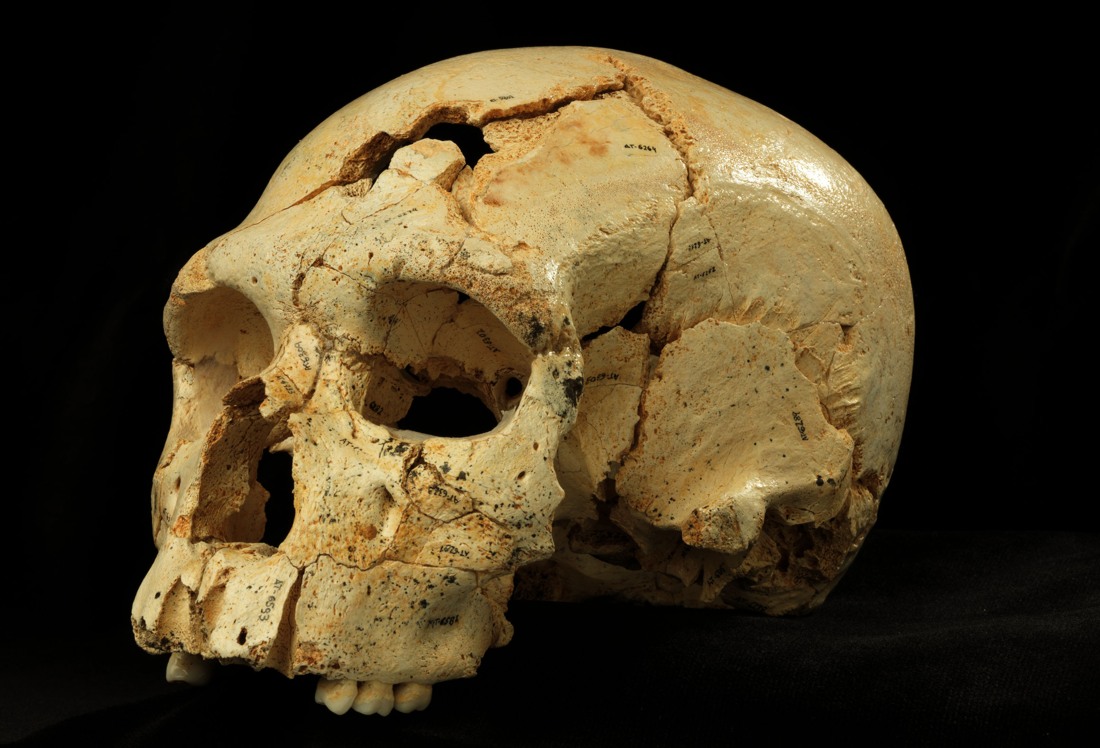
A collection of hominin fossils, including 17 nearly complete skulls, from a single species have been discovered in a Spanish cave called Sima de los Huesos in Sierra de Atapuerca, Spain. The skulls, like this one dubbed Skull 17, show a mix of features from both Neanderthals and more primitive humans.
Skull 15
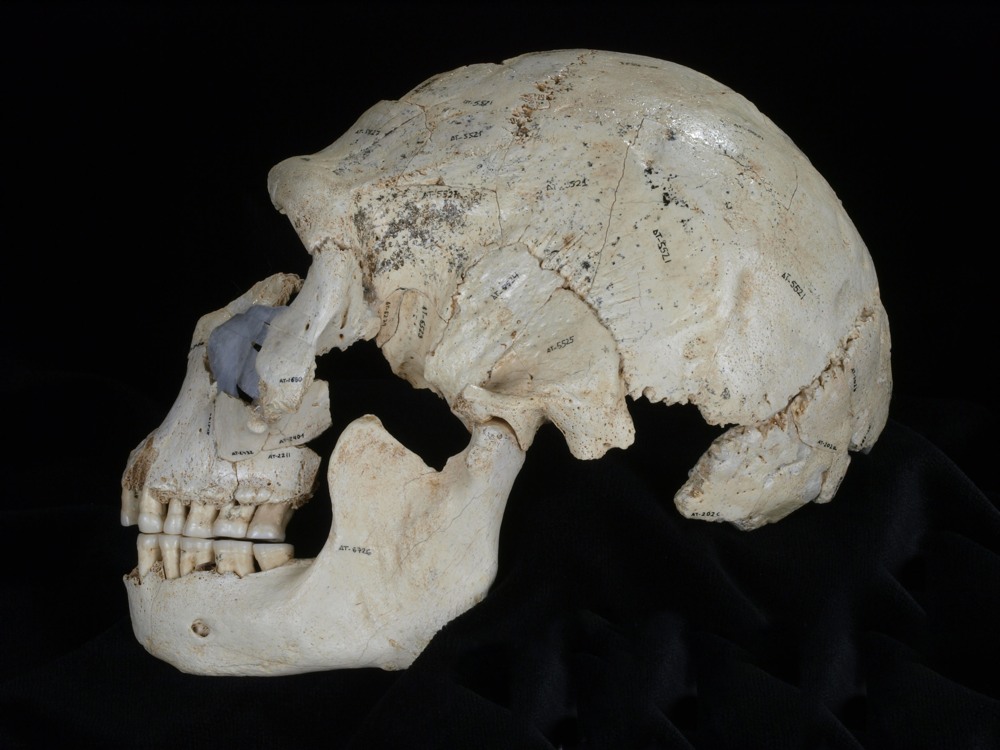
The hodge-podge of features on the hominin skulls found in the Spanish cave (Skull 15 shown here) suggests Neanderthals developed their distinct characteristics separately and at different times, rather than all at once, the researchers say.
Skull 9
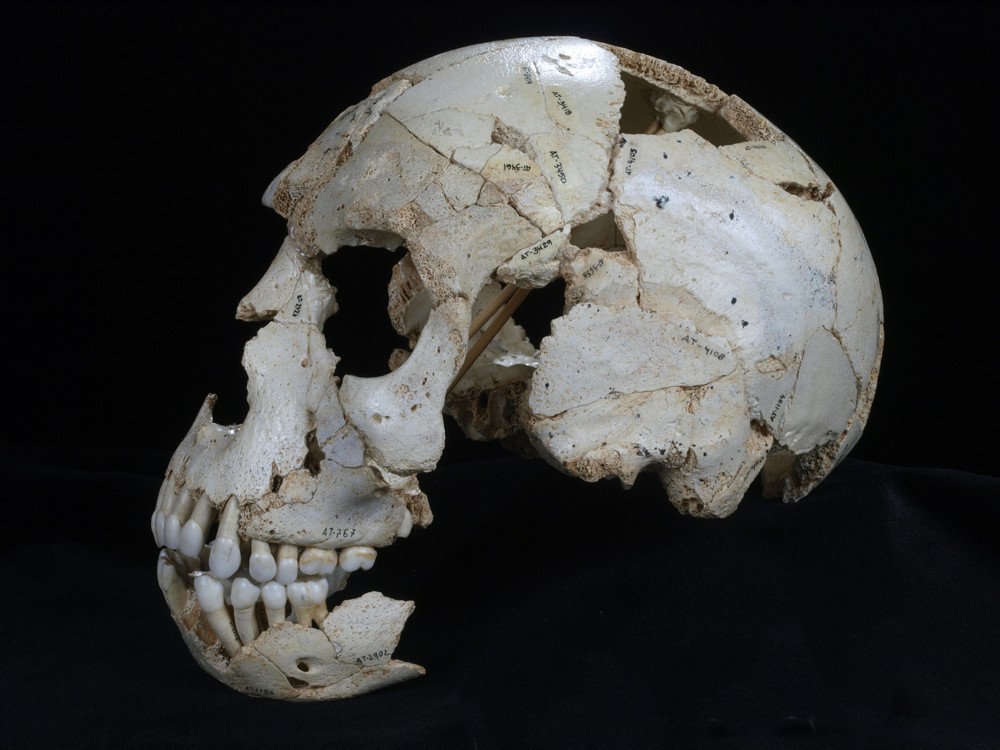
The hominin skulls (Skull 9 shown here) found in the Spanish cave showed Neanderthal traits in the face and teeth, but nowhere else. For instance, the braincase still showed features that are associated with more primitive hominins, the researchers said.
Reconstructing a skull
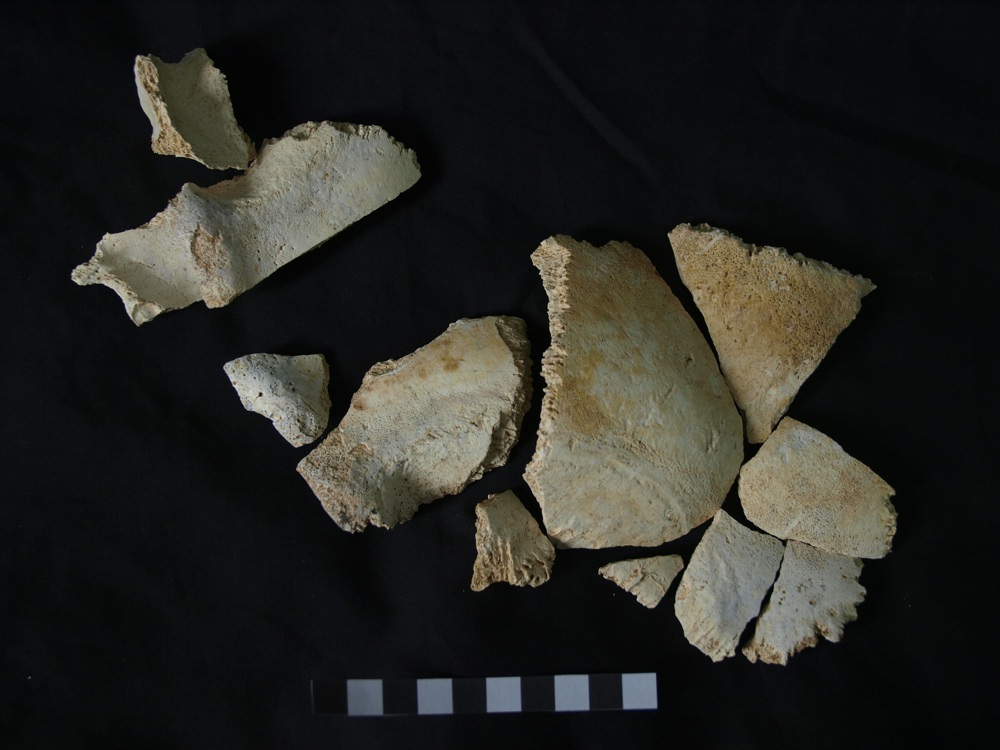
"What makes the Sima de los Huesos site unique is the extraordinary and unprecedented accumulation of hominin fossils there," said lead study author Juan-Luis Arsuaga, professor of paleontology at the Complutense University of Madrid, in a statement. "Nothing quite so big has ever been discovered for any extinct hominin species — including Neanderthals." Shown here fragments of skull 17 being reconstructed at a field laboratory.
Skull fragments
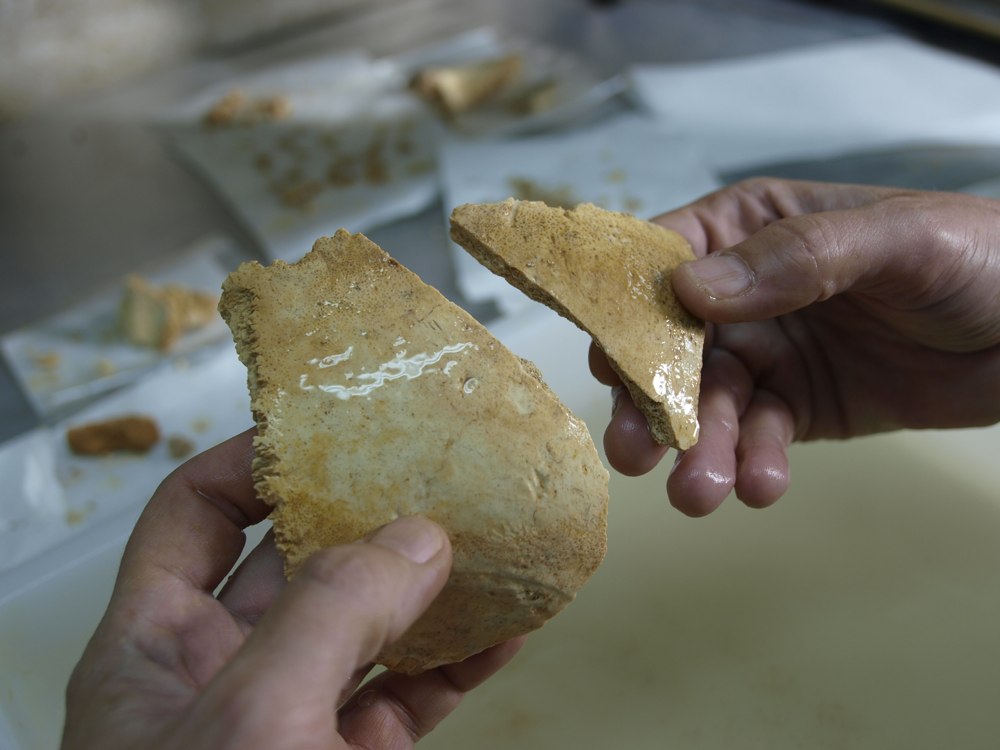
The skulls, like Skull 17 being reconstructed here, fill a gap in scientific knowledge for human origins during the heart of the Pleistocene, some 400,000 to 500,000 years ago, the researchers said. During that time period archaic humans split from other groups living in Africa and East Asia and ultimately settled down in Eurasia where they evolved to have features that would define the Neanderthal lineage. Several hundred thousand years later, modern humans also settled in Eurasia, possibly interbreeding with Neanderthals, the researchers noted.
Reconstructing skull 17
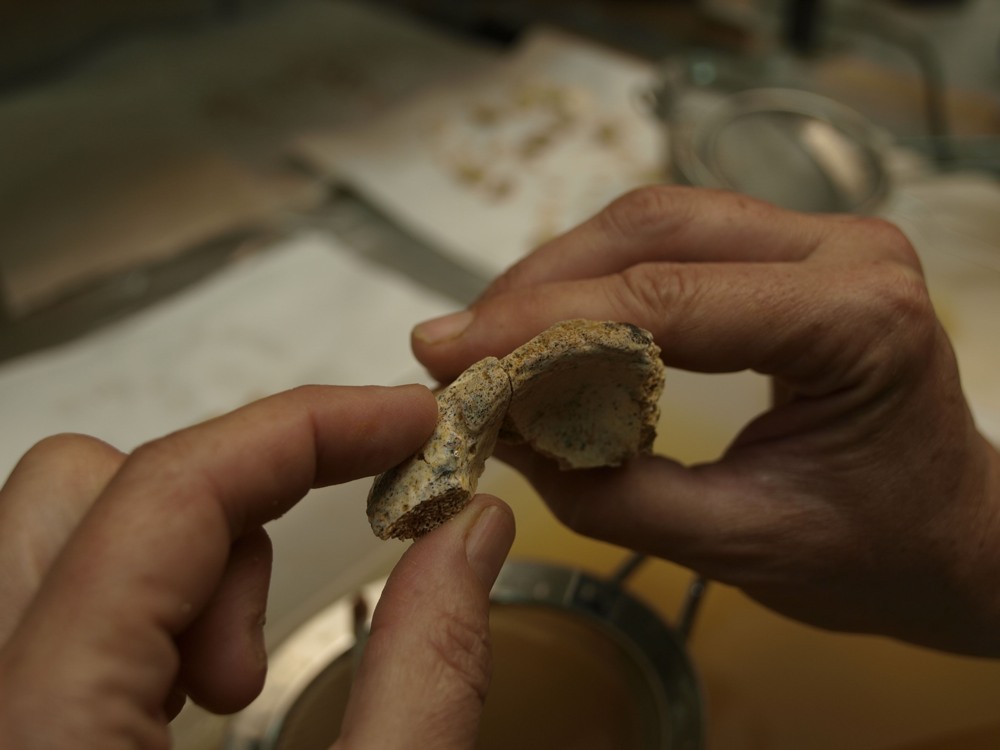
To answer questions about this divergence between Neanderthals and modern humans, scientists have needed a clear image of human populations at around the time of the split-off, some 400,000 years ago. The skulls and other hominin specimens from Sima de los Huesos in Spain will help to fill that gap. Here, a reconstruction of the hominin skull 17 from the Spanish cave.
Mix of traits
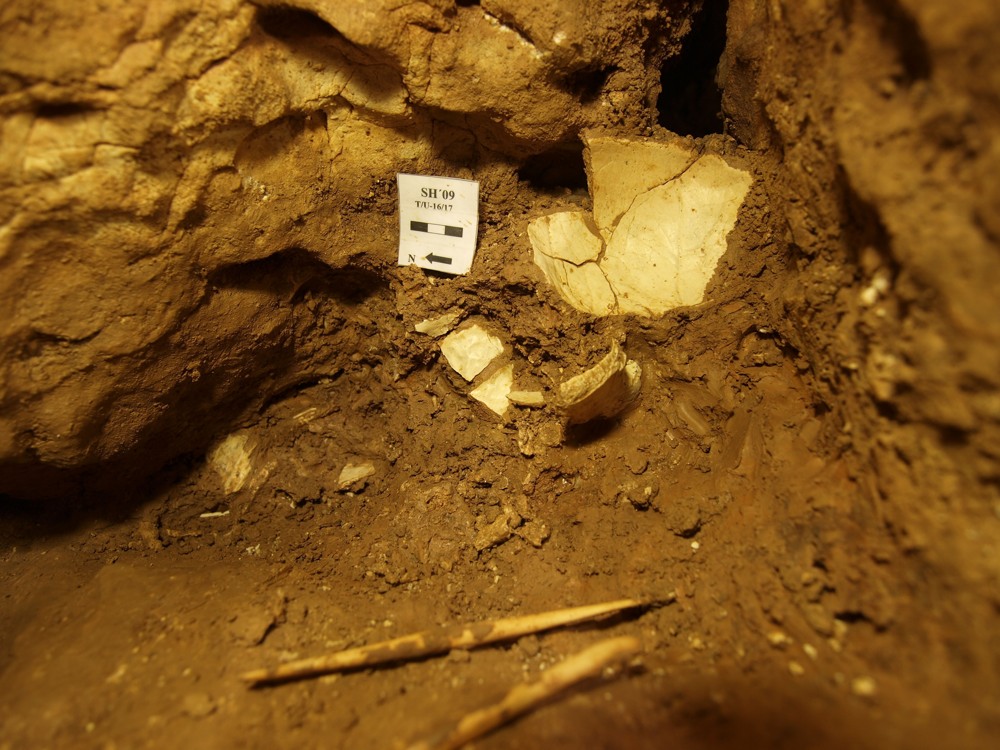
Fragments of skull 17 as seen in the Spanish cave Sima de los Huesos. The skull, like the others found there, shows a mix of Neanderthal and more primitive human traits.
Get the world’s most fascinating discoveries delivered straight to your inbox.
Piecing together a skull
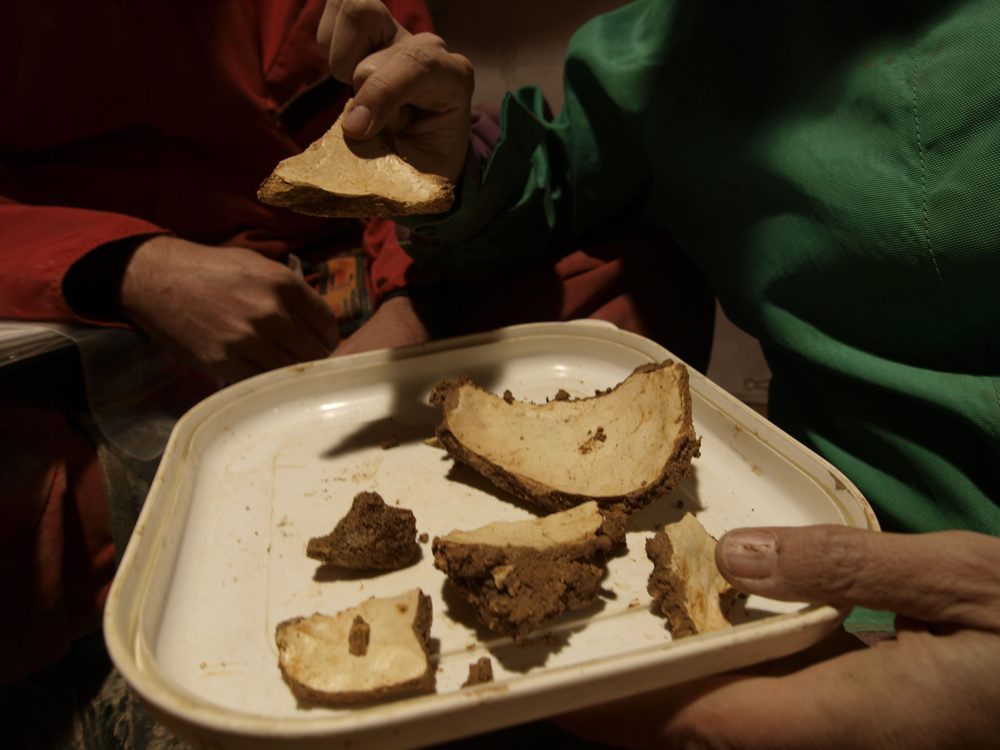
Fragments of skull 17 as seen in the Spanish cave Sima de los Huesos. The skull, like the others found there, shows a mix of Neanderthal and more primitive human traits.
Skull 17
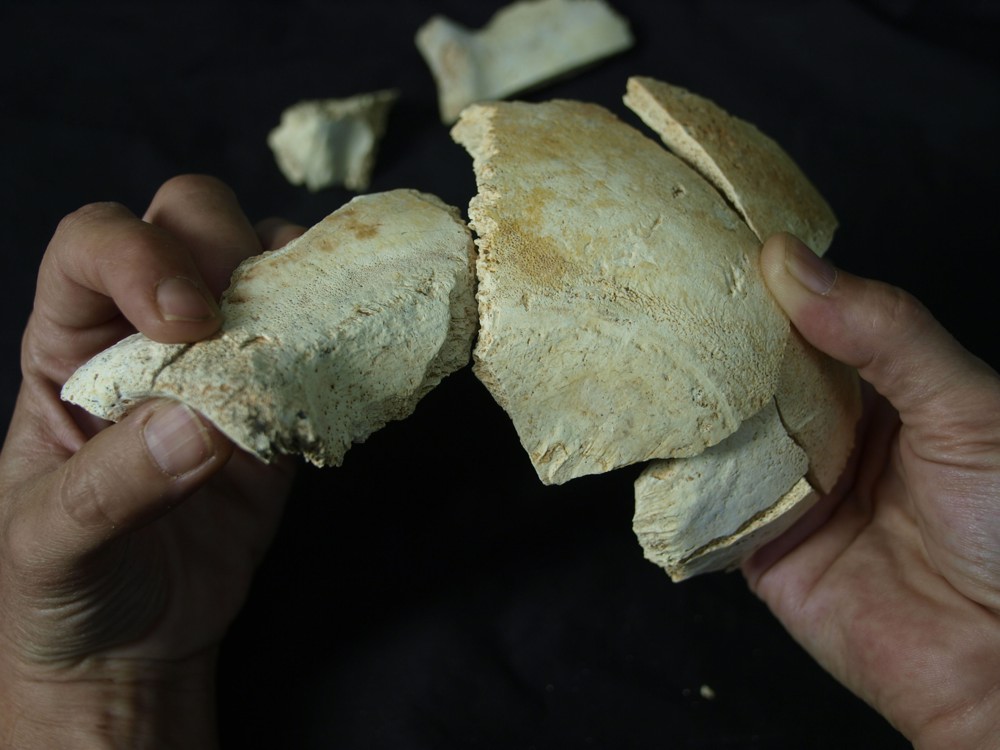
A reconstruction of so-called Skull 17, discovered in the Spanish cave Sima de los Huesos. The skull, like the others found there, shows a mix of Neanderthal and more primitive human traits.
Skull 15
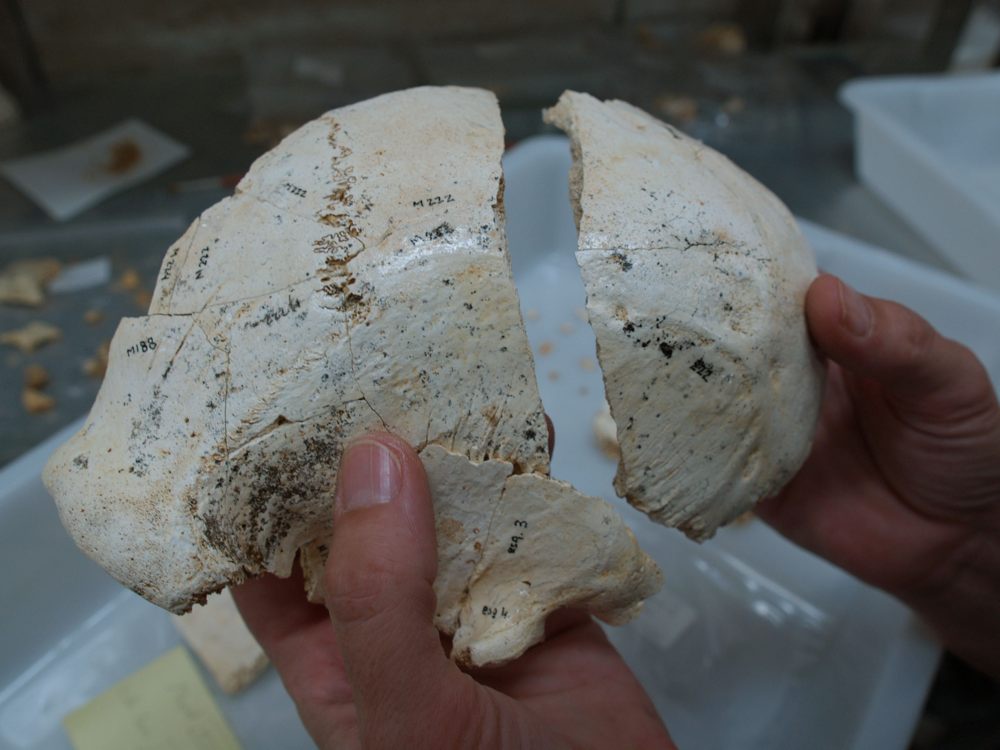
A reconstruction of Skull 15, discovered in the Spanish cave Sima de los Huesos. The skull, like the 16 others found there, shows a mix of features from Neanderthals and more primitive humans.
Pondering a skull
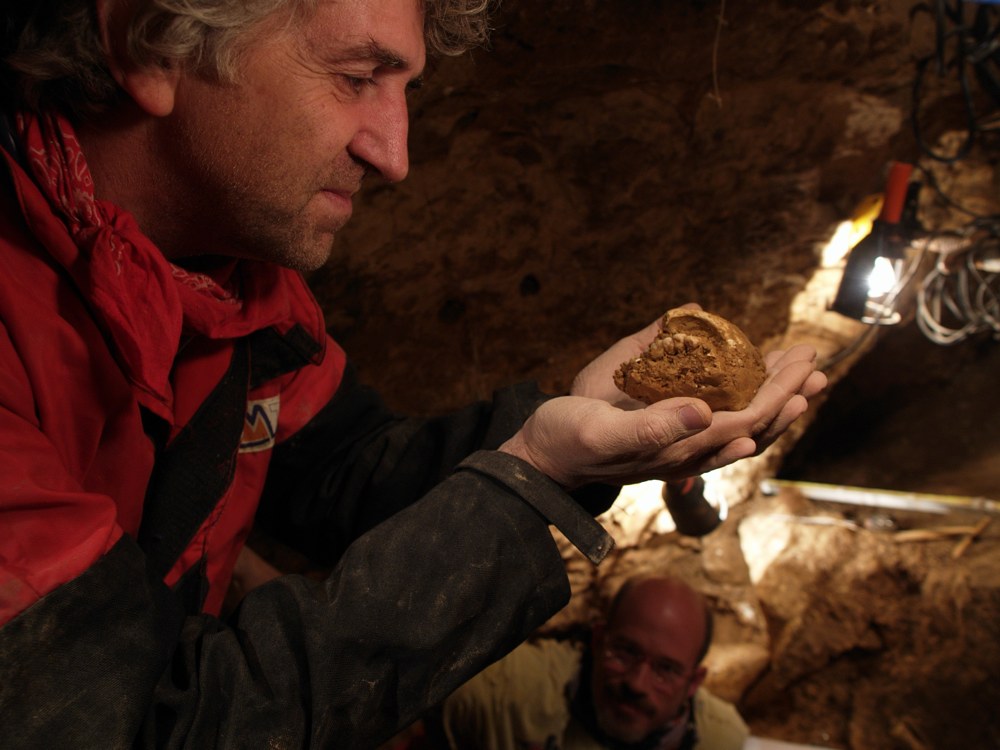
Lead study author Juan-Luis Arsuaga, professor of paleontology at the Complutense University of Madrid, looks at a hominin specimen at the Spanish cave site Sima de los Huesos.
Jeanna Bryner is managing editor of Scientific American. Previously she was editor in chief of Live Science and, prior to that, an editor at Scholastic's Science World magazine. Bryner has an English degree from Salisbury University, a master's degree in biogeochemistry and environmental sciences from the University of Maryland and a graduate science journalism degree from New York University. She has worked as a biologist in Florida, where she monitored wetlands and did field surveys for endangered species, including the gorgeous Florida Scrub Jay. She also received an ocean sciences journalism fellowship from the Woods Hole Oceanographic Institution. She is a firm believer that science is for everyone and that just about everything can be viewed through the lens of science.
